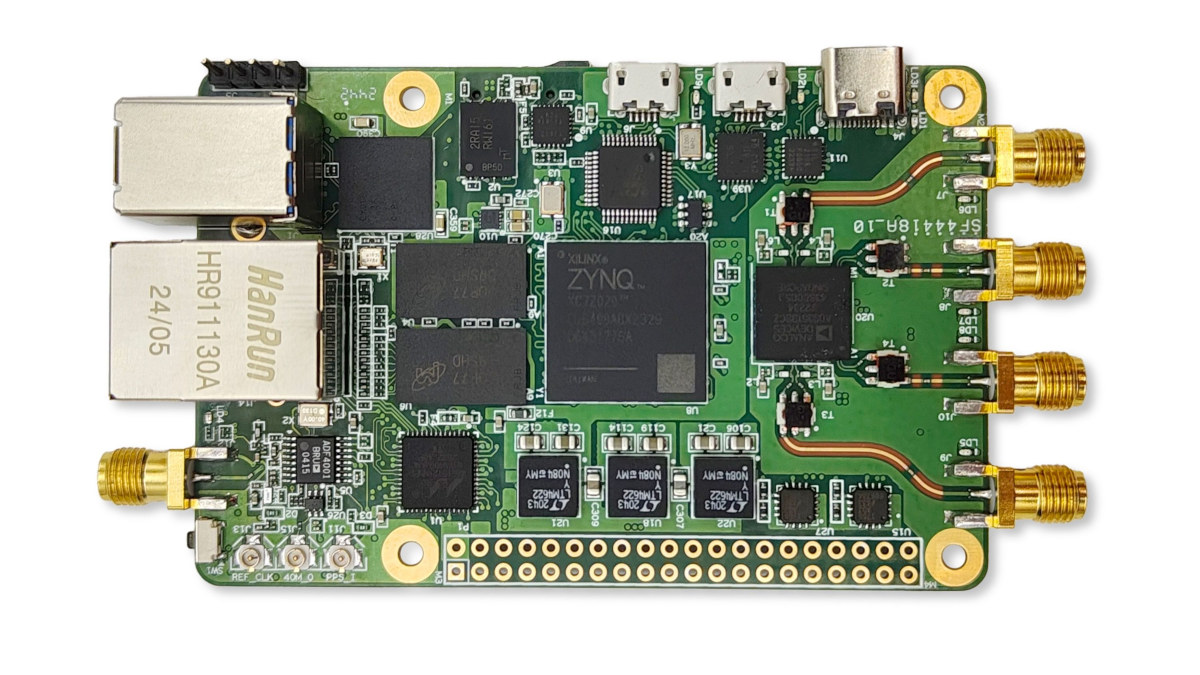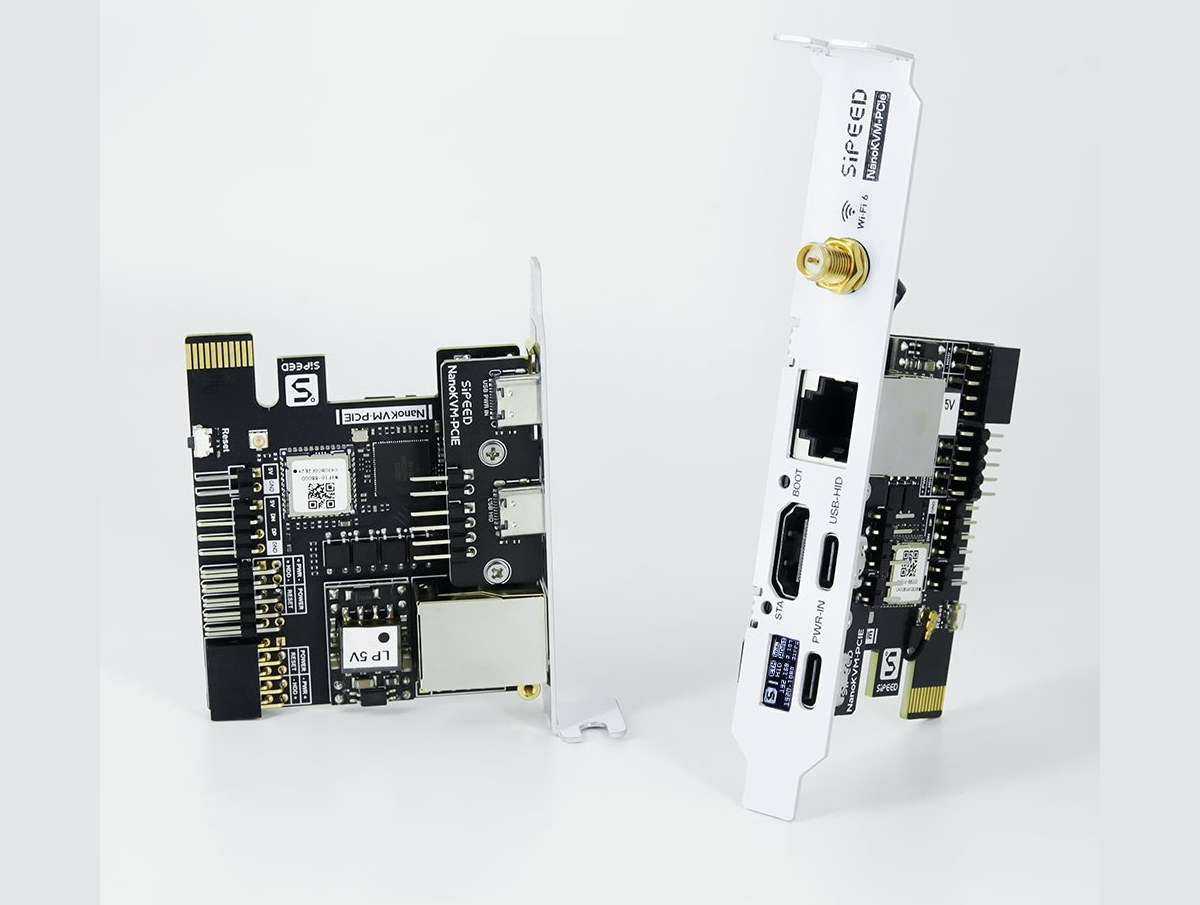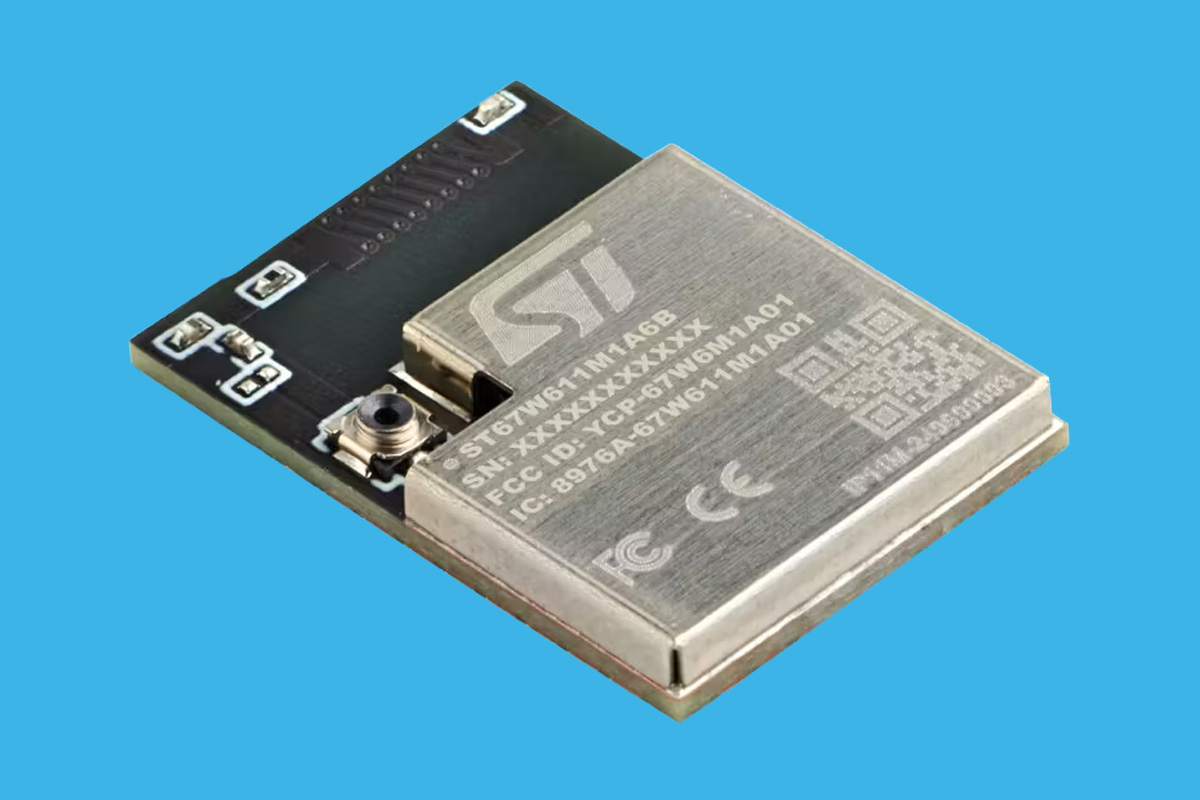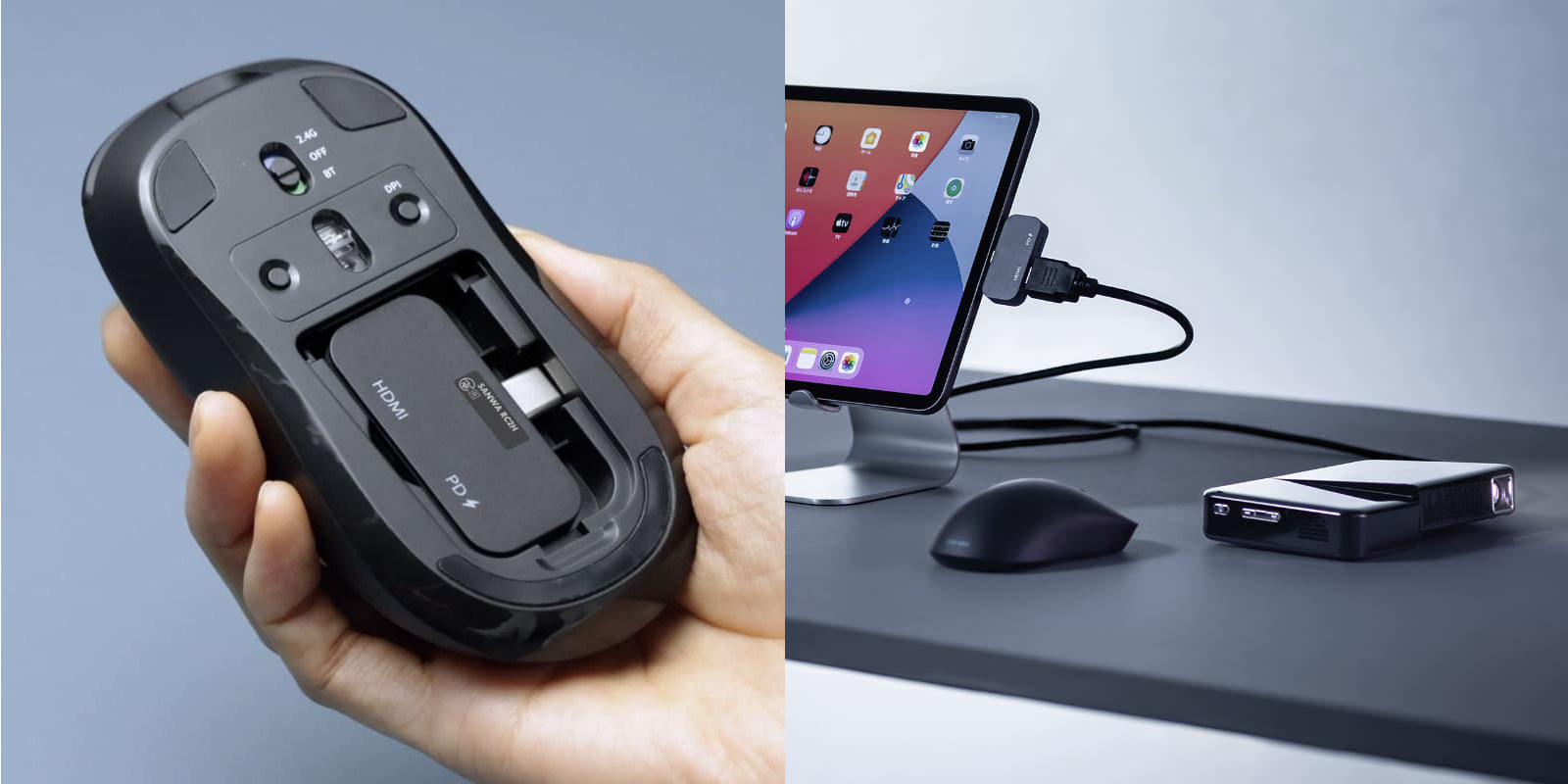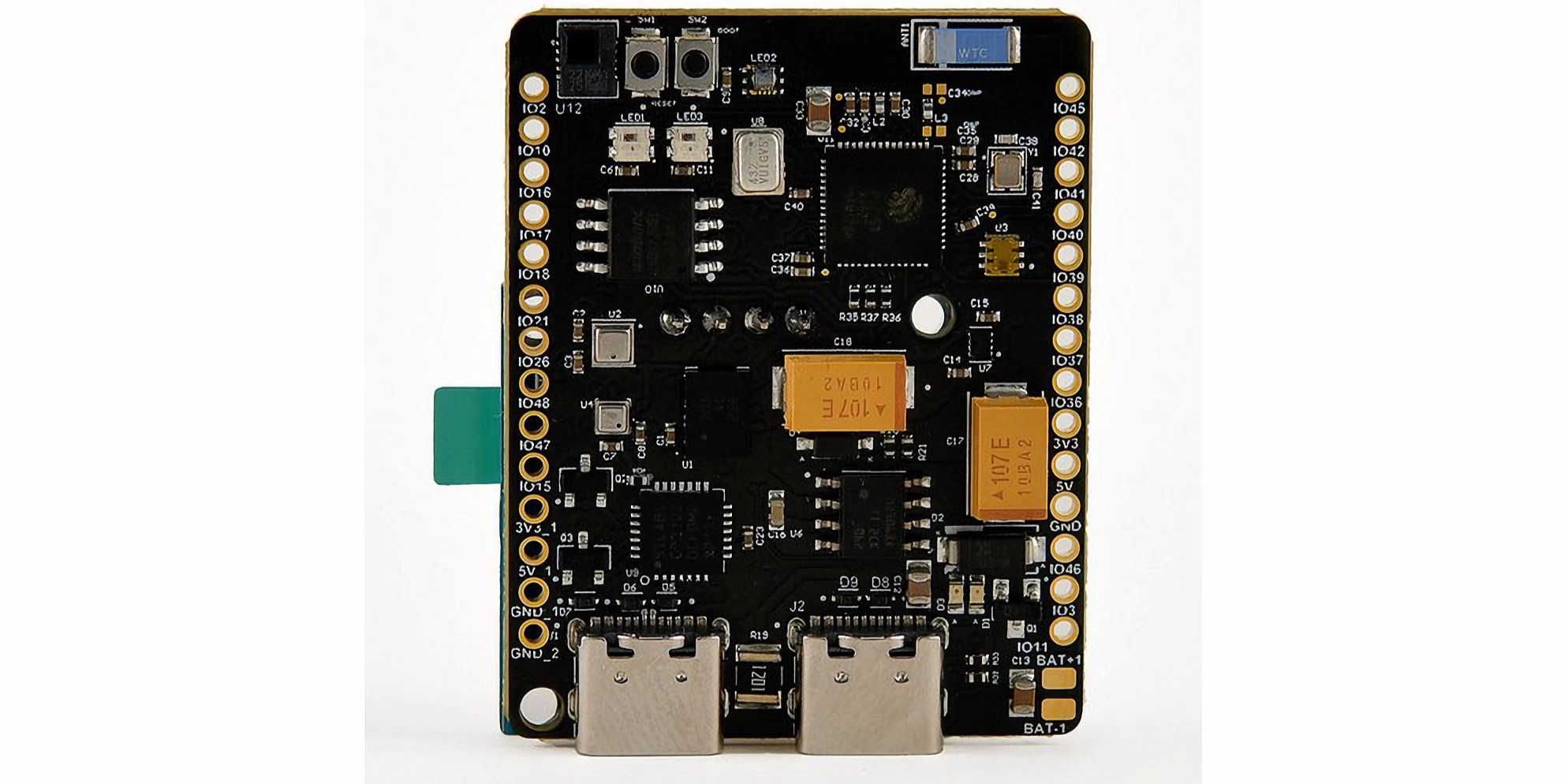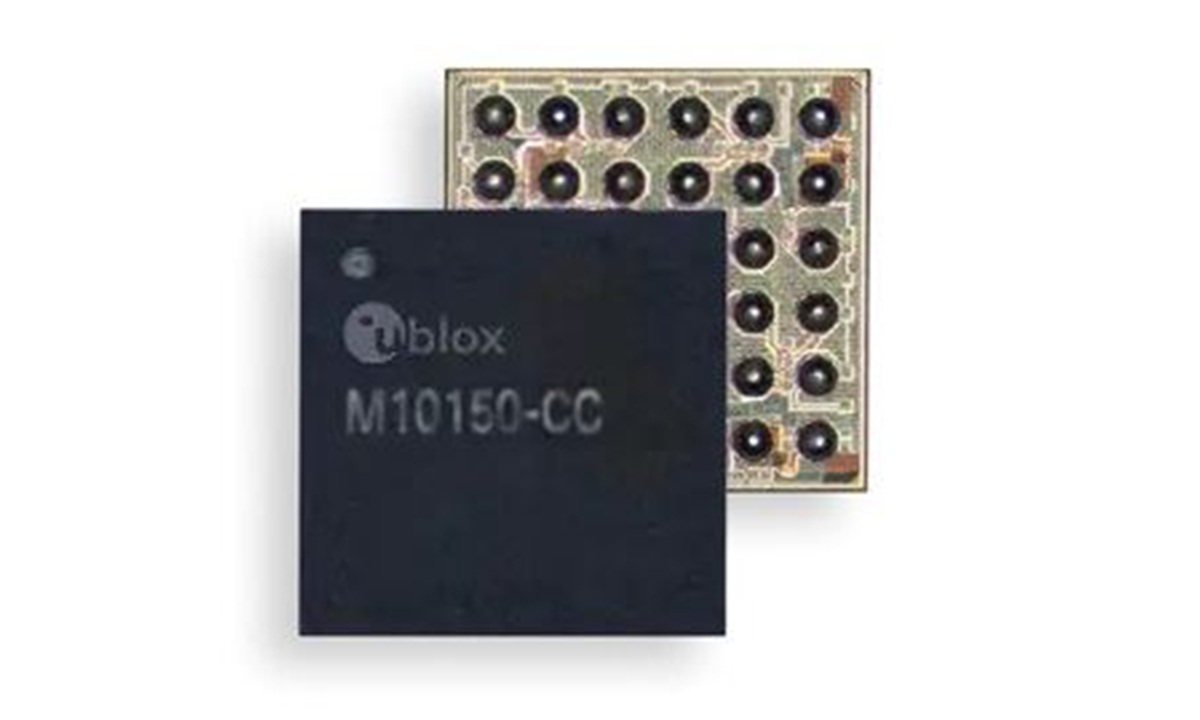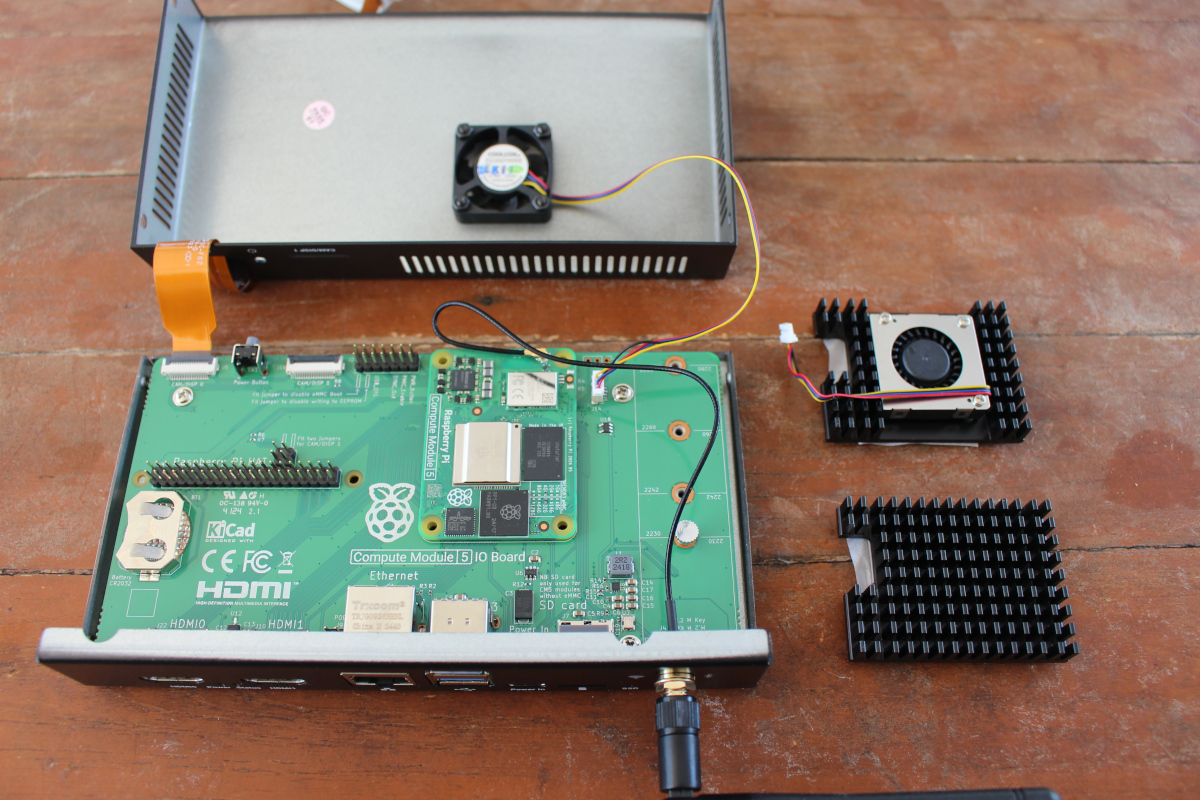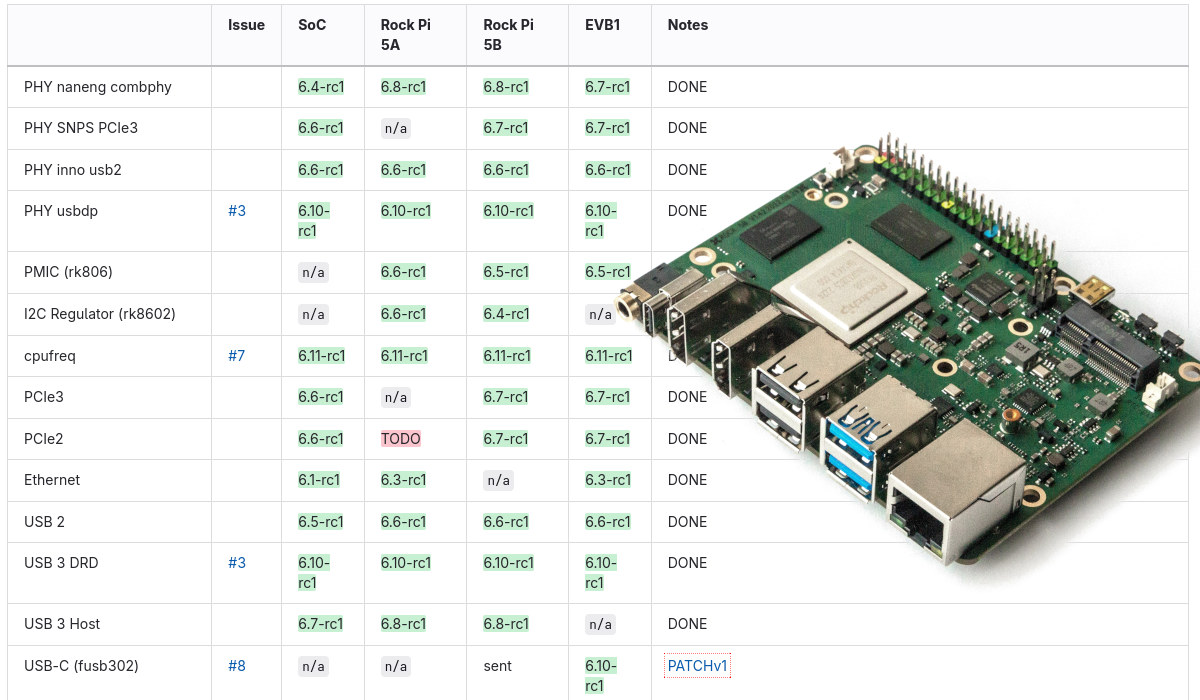The SignalSDR Pro is a Raspberry Pi-sized SDR that brings a credit-card-sized twist to software-defined radios (SDRs). It is a compact, streamlined device suitable for tasks ranging “from signal processing and spectrum analysis to communication systems and beyond.” The SignalSDR Pro builds on the Analog Devices AD9361 radio transceiver and the AMD Zync 7020 SoC into a credit-card format reminiscent of Raspberry Pi single-board computers. The Raspberry Pi-sized SDR also features a 40-pin GPIO header for expansion with other hardware components and added functionality. The device offers a 70MHz – 6GHz tuning range, 12-bit sample rate, 61.44MHz RF bandwidth, and two full-duplex TX/RX channels via four I-PEX antenna connectors. It is also capable of emulating other SDR hardware such as the ADALM-PLUTO and USRP B210, making it easier to integrate into pre-existing workflows. The SignalSDR Pro is a mid-range alternative to entry-level SDR options such as the AntSDR E200, KrakenSDR, […]
Sipeed NanoKVM-PCIe is an inexpensive KVM over IP solution with optional WiFi 6 and PoE support
Sipeed NanoKVM-PCIe is a variation of the NanoKVM KVM-over-IP solution introduced last summer, but instead of being a tiny Cube with USB-C power, the new model can be powered through the PCIe slot from the host (as well as USB-C) and adds optional WiFi 6 and PoE functionality. While it’s not based on the LicheePi Nano SBC like the NanoKVM, it relies on the same SOPHGO SG2002 RISC-V/Arm/8051 SoC and offers many of the same ports in a different form factor including 10/100Mbps Ethernet, two USB-C ports one for HID, the other for power, a small OLED information display, and an HDMI input port supporting up to 1080p60. NanoKVM-PCIe specifications: SoC – SOPHGO SG2002 Main core – 1GHz 64-bit RISC-V C906 or Arm Cortex-A53 core (the latter is likely not used here) Minor core – 700MHz 64-bit RISC-V C906 core Low-power core – 25 to 300MHz 8051 MCU core VPU […]
STMicro ST67W611M1 IoT module features Qualcomm QCC743 SoC with Wi-Fi 6, BLE, and 802.15.4 radios
ST Microelectronics has introduced the ST67W611M1 IoT module developed in partnership with Qualcomm and integrating the latter’s QCC743 multi-protocol connectivity chip with Wi-Fi 6, Bluetooth 5.3 Low Energy (BLE), Thread-compatible IEEE 802.15.4 connectivity, and support for Matter-over-Wi-Fi. Additionally, it features 4MB of flash storage and provides options for a PCB or external antenna via a uFL connector. The module is designed to connect with STMicro’s STM32 microcontroller and microprocessor families through SPI and/or UART, making it easy to add wireless connectivity to STM32-based projects, including those using the new STM32N6 chips with an in-house Neural-ART machine learning accelerator. These features make this chip suitable for smart home devices, industrial IoT systems, wearables, healthcare monitors, and connected appliances. ST67W611M1 specifications: Wireless Connectivity Wi-Fi 6 with up to 20 dBm output power Bluetooth Low Energy 5.3 with 2 Mbps throughput Thread support Supports Matter protocol over Wi-Fi for future-proof connectivity Storage – […]
Sanwa Supply unveils a mouse with receiver acting as a USB/HDMI dock, and a 360-degree USB-C cable
Japanese company Sanwa Supply has introduced two unusual devices to the market. First, a wireless mouse with an RF receiver that also acts as a USB dock with HDMI output, followed by a 360-degree USB-C cable to facilitate cable management. Sanwa Supply RF mouse with USB/HDMI dock Sanwa Supply 400-MAWBT209BK (black and silver) and 400-MAWBT209BK2 (black and blue) wireless mice come with a rather large USB Type-C 2.4GHz RF and Bluetooth receiver that not only allows the user to connect the mouse to a computer but also acts as a USB dock with an HDMI output port supporting up to 4Ko60 resolutions for monitors or projectors. The dock also exposes a 5 Gbps USB 3.2 Gen 3 USB Type-C port with PD support up to 100W (90W available to peripherals) which allows the users to connect peripherals such as USB SSD enclosures, memory sticks, and keyboards. Tom’s Hardware reports the […]
Sensy32 Board is an ESP32-S3 sensor platform with up to six sensors for environmental monitoring in IoT applications
The Sensy32 Board is a compact sensor platform powered by Espressif’s flagship ESP32-S3 WiFi and Bluetooth microcontroller. The development board brings different monitoring devices together on the same PCB for easier integration into IoT ecosystems. It is a multipurpose device with several sensors bundled to measure and monitor ultraviolet light intensity, altitude, pressure, orientation, humidity, temperature, motion, and human presence. It includes a 9-degree-of-freedom inertial measurement unit (IMU) for 3D space orientation, while the built-in MEMS microphone can be used for audio input in voice detection and noise measurement applications. The onboard ESP32-S3 microcontroller powers the array of features and also offers Wi-Fi and Bluetooth Low Energy connectivity. The Sensy32 ESP32-S3 sensor platform also integrates an LCD screen for immediate feedback and real-time monitoring. We have covered other ESP32-based environment sensors such as the Qsen-07 multi-sensor board, AirGradient ONE, MoreSense MS-06, and Studio LUFF’s Air Quality Sensor. Sensy32 specifications: MCU […]
u-blox UBX-M10150-CC – A tiny GNSS receiver chip for wearables with 10mW power consumption
u-blox has launched the UBX-M10150-CC GNSS receiver chip tailored for wearables such as sports and smartwatches thanks to its tiny size (2.39 x 2.39mm) and an ultra-low power consumption of just 10mW. The chip supports GPS, Galileo, BeiDou, and QZSS/SBAS constellations and features LEAP (Low Energy Accurate Positioning) technology for efficient and accurate positioning up to a 1.5m range. u-blox UBX-M10150-CC specifications: Receiver type – u-blox M10 engine GNSS technology GPS L1 C/A, QZSS L1 C/A/S, BeiDou B1I/B1C, Galileo E1B/C SBAS L1 C/A – WAAS, EGNOS, MSAS, GAGAN Navigating Frequency – Up to 2 Hz (LEAP) and up to 12 Hz (High Performance) Accuracy – 1.5 m CEP (Circular Error Probable), horizontal position Response Time – Cold Start (28s), Hot Start (1s), Aided Start (1s) Sensitivity Tracking & Navigation (-159 dBm), Reacquisition (-158 dBm) Cold Start (-148 dBm), Hot Start (-159 dBm) Tracking features LEAP technology Data batching – […]
Raspberry Pi CM5 review with different cooling solutions (and camera tribulations)
The day of Raspberry Pi CM5 release, I published a mini review of the Raspberry Pi Development Kit for CM5 showing how to assemble the kit and boot Raspberry Pi OS, and I also ran sbc-bench benchmark to evaluate the performance. Sadly, the Broadcom BCM2712 CPU did throttle during the test meaning cooling was not optimal when the CM5 IO board was inside the IO Case and the Compute Module 5 was only cooled by the fan. So today, I’ll repeat the same test with other cooling solutions namely the official Raspberry Pi Cooler for CM5 (that’s a heatsink only), and EDATEC’s CM5 active cooler similar to the active cooler for the Raspberry Pi 5, but designed for the CPU module. But before that, I’ll do some house cleaning so to speak since last time, I booted Raspberry Pi OS from an NVMe SSD and I noticed the camera did […]
Rockchip RK3588 mainline Linux support – Current status and future work for 2025
The Rockchip RK3588 is one of the most popular Arm SoCs for single board computers, and while good progress has been made with regards to mainline u-boot and Linux support, the SoC is quite complex and it takes time to port all its features even though it was first teased in 2020 and the first Rockchip RK3588 SBCs were introduced in 2022. While the simpler Rockchip RK3566 and RK3568 SoCs are already fairly well supported in mainline Linux, more work is needed to upstream code, and as noted before in posts and comments here, Collabora keeps track of the status on Gitlab, and the company recently posted an article about the progress and future plans related to upstream Linux support for Rockchip RK3588. Rockchip RK3588 mainline Linux progress in 2024 Linux 6.7 kernel – Network support on the Radxa ROCK 5B using a 2.5GbE PCIe controller. Linux 6.8 kernel – […]


